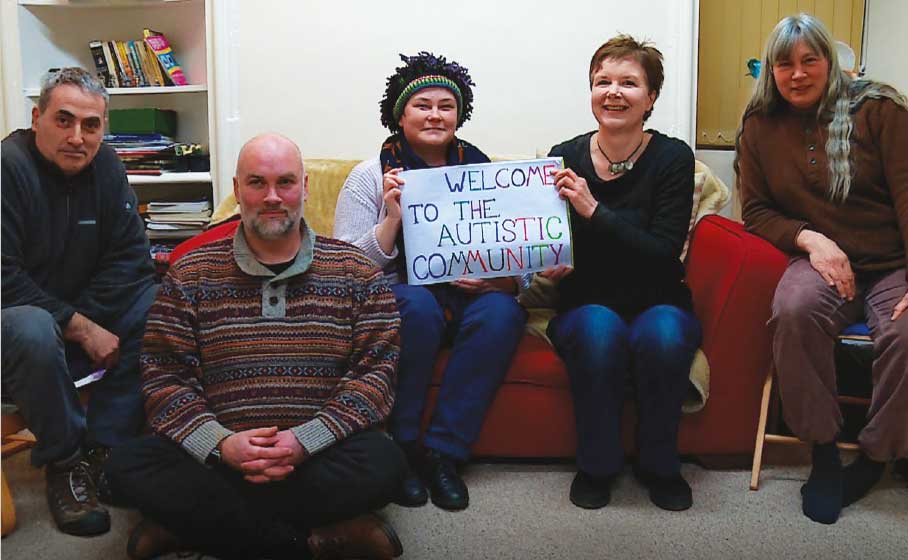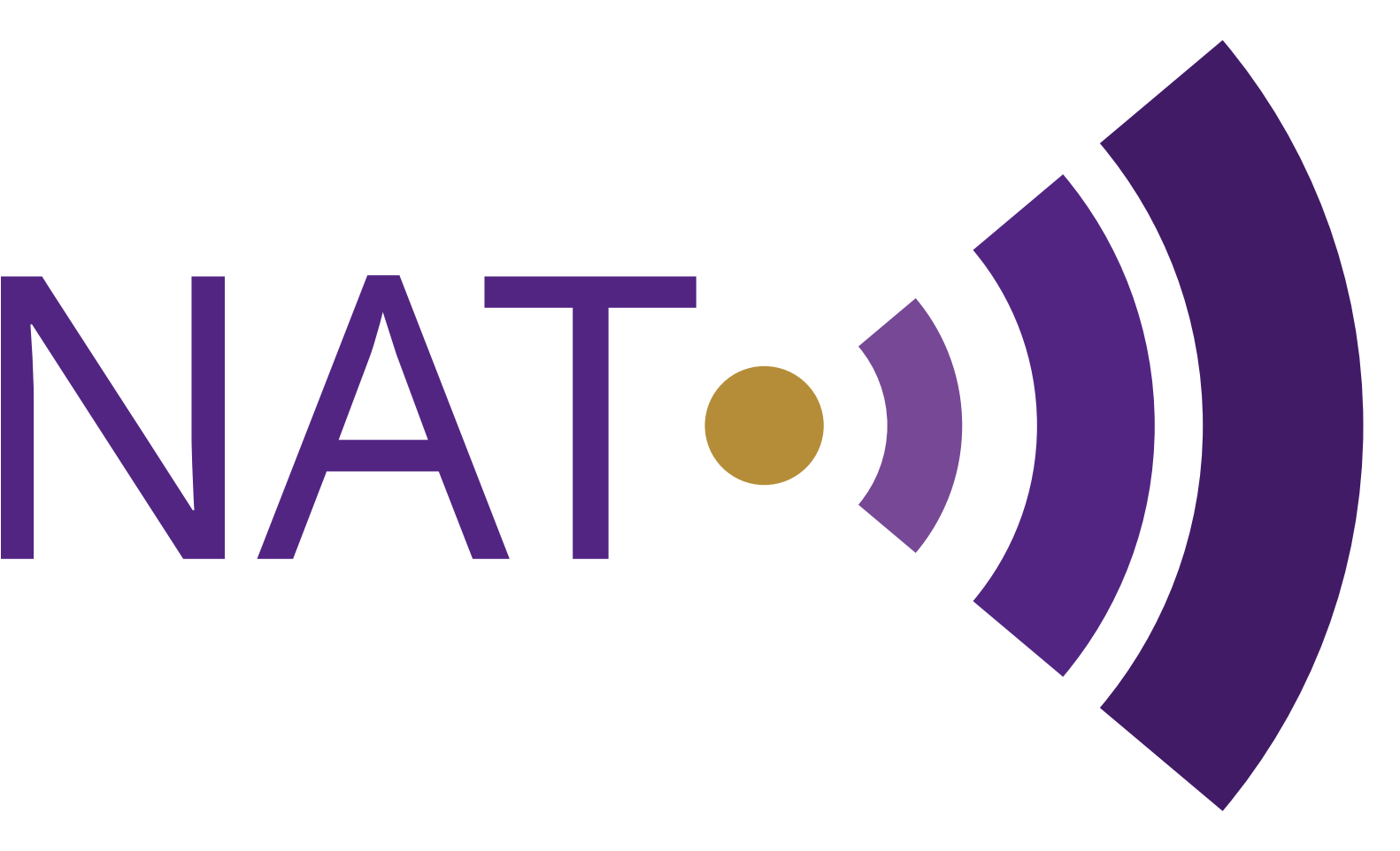Recommendations for Care Providers
- Provide information and offer communication in a range of formats (e.g. photos, text) as a standard accessibility measure for all people, including those who use speech.
- Avoid imposing ideas of what is ‘normal’.
- Accept choices to refrain from or withdraw from social interaction and recognise the difference between these choices and difficulties/barriers to accessing social interaction.
- Accept choices to maintain sameness and routines and recognise the difference between these choices and difficulties/barriers to coping with changes.
- Facilitate access to autistic-controlled space and the wider autistic community.
“Assumptions that everyone wants, needs and values the same things must be confronted and reframed to determine their applicability to any individual. Infliction of conventional values may infringe individuals’ rights to self-determination.”1100 P.19 National Autism Project, The Autism Dividend (2017); Article 12 UN Convention on the Rights of Persons with Disabilities
A good service for autistic people recognises autistic identity and does not assume that what is ‘normal’ or ‘good’ for non-autistic people is necessarily right for an autistic person. A good service for autistic people accepts the validity of choices to withdraw from social interaction, to maintain sameness or routine and other unconventional life choices. However, a good service for autistic people does not allow ‘choice’ or ‘self-determination’ to be used to justify failing to provide effective support, access to services (including healthcare) and opportunities to explore new experiences.
“There is also the potential loss of connection to people who are ‘like them’ and the risk of ending up rejecting all that is autistic while not being able to pass well enough to succeed in non-autistic terms. And then, there are the adjusted expectations that the autistic person is now doing ‘so well’ that they can manage without support and have no excuse for continuing to have difficulty.”2101 P.19 National Autism Project, The Autism Dividend (2017)
A good service for autistic people facilitates access to autistic-controlled spaces and to the wider autistic community (including online). A good service for autistic people creates opportunities for autistic people to have ownership and genuine control of at least some spaces, activities or groups. Good commissioning for autistic people recognises when needs are being met well and does not mistake this for needs having gone away.
“There is also considerable risk of turning every activity into therapy.”3102 P.19 National Autism Project, The Autism Dividend (2017)
A good service for autistic people enables service-users to participate in and enjoy activities which are not therapy/interventions/ treatment. A good service for autistic people advocates for equality of access to mainstream community groups and activities and does not limit them to only accessing specifically targeted groups, services and activities.
Good Practice Example
Autscape
Autscape4The Autscape Organisation is an autism conference with a difference. Rather than talking to a primarily non-autistic audience about autism, the annual conference (which has been running since 2005) is specifically by and for autistic people. The environment and content of the event are centred around autistic people’s needs, interests and sensitivities.
All varieties of autistic people from all parts of the spectrum are welcome, whether diagnosed or not. Diversity enriches the experience for everyone. Non-autistic people are also welcome at Autscape, all that is asked is tolerance, respect for ‘autistic space’ and an open mind.
There is no requirement to socialise at all, and there is no implicit or explicit disapproval of those who choose not to interact with others. There is coloured badge system for indicating whether an individual would like to socialise or not. Participants are free to enter and leave presentations at any time as long they do their best not to be disruptive. Sensory issues, and mechanisms to reduce them, are totally acceptable. Stimming (repetitive movements), echolalia, distractibility, different or impaired conversation skills, avoidance of eye contact, perseveration (obsessiveness), are expected and accepted as part of an autistic conference. Appearing (or, indeed, being) completely neurotypical (NT) is also perfectly acceptable.
Further recommendations for Care Providers:
- Train staff to recognise the possibility of undiagnosed autism in existing and future clients;
- Refer clients to diagnostic services and facilitate access to those services.
Understanding and identification of autism has been developing and changing significantly over many years. It is thought that about 1 in 100 of the population are autistic.5103 National Autistic Society www.autism.org.uk/about/what-is/myths-facts-stats.aspx This means that it is likely that there are adults receiving care services who are autistic but have not been diagnosed. Consequently, client groups such as older adults, adults with learning disabilities and adults with mental health issues may well include some undiagnosed autistic adults.
“There are … many adults whose autism has never been identified, in part because services a few decades ago were not geared up to do so. Those adults may therefore not have received the support that could help them and their families. In addition, we do not know whether current diagnostic processes serve women and men equally well; girls are diagnosed later than boys, on average, and there is a relative lack of research on the female presentation of autism.”6104 P.26 National Autism Project, The Autism Dividend (2017)
Even where someone is already receiving care on the basis of another diagnosis, accurately identifying them as autistic can be very helpful in improving understanding of their needs.
“Timely identification and diagnosis might also help to avoid crises which result in unwanted, distressing and costly admissions into hospital, psychiatric intensive care units or residential care settings.” 7105 P.27 National Autism Project, The Autism Dividend (2017)
Good health and social care services are aware of the prevalence of autism and of conditions which may co-occur with autism and are alert to the possibility of undiagnosed autism. Good health and social care services make and follow up appropriate referrals to diagnostic services for autism and provide support to facilitate access to diagnostic services.

